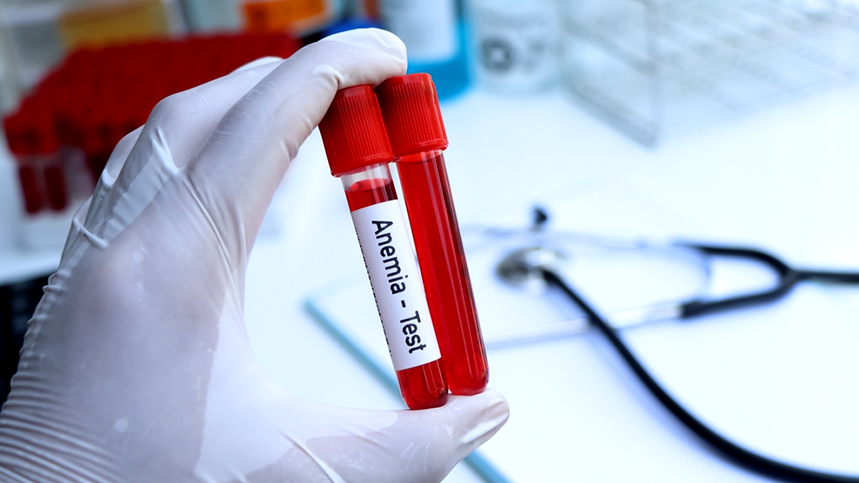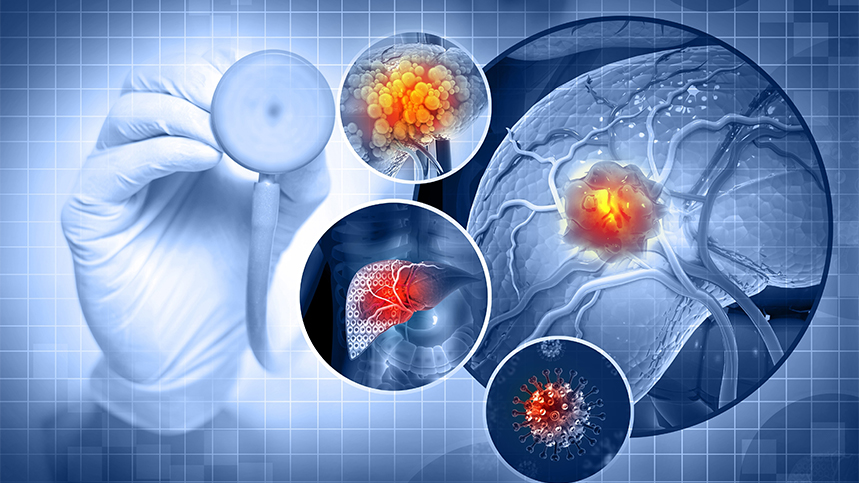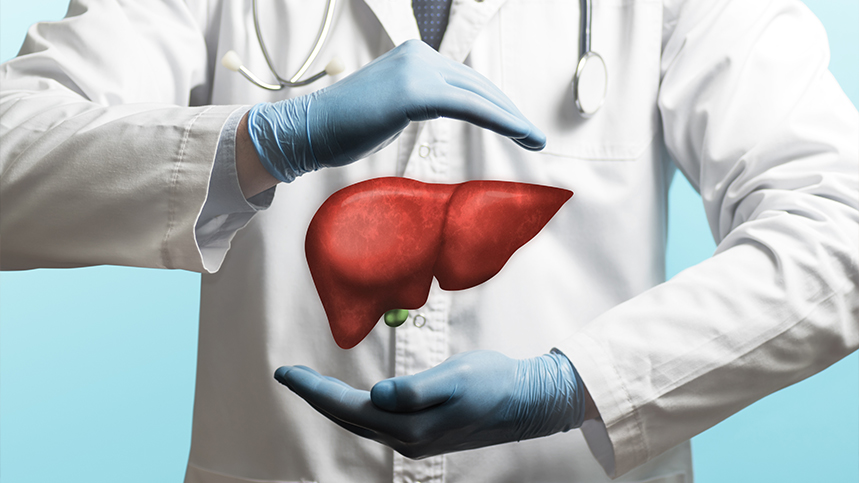

Have you ever had a complete blood count (CBC) done? Did you look at the results and wonder what it all meant? One of the most important parameters in a CBC is your hemoglobin level. Hemoglobin is the protein molecule in red blood cells that carries oxygen throughout the body. Anemia is a condition that occurs when the hemoglobin level is low. In this blog, we will discuss what hemoglobin levels mean and what can cause anemia.
What are normal hemoglobin levels?
Normal hemoglobin levels vary depending on age, sex, and other factors. In general, for men, a normal hemoglobin level is between 13.5 and 17.5 grams per deciliter (g/dL). For women, the range is between 12.0 and 15.5 g/dL. If your hemoglobin level is outside of these ranges, it could be an indicator of anemia or another medical condition.
What can cause anemia?
Anemia can be caused by a variety of factors, including iron deficiency, vitamin deficiencies, chronic disease, and other medical conditions. Iron deficiency anemia is the most common form of anemia and occurs when there is not enough iron in the body to make hemoglobin. This can happen due to poor absorption of iron, chronic blood loss, or inadequate intake of iron-rich foods.
Vitamin deficiencies, such as low levels of vitamin B12 or folate, can also cause anemia. Chronic diseases, such as kidney disease or cancer, can affect the body's ability to produce hemoglobin. Additionally, some genetic conditions can cause anemia, such as sickle cell anemia or thalassemia.
What are the symptoms of anemia?
The symptoms of anemia can vary, depending on the cause and severity of the condition. In general, the most common symptoms of anemia are fatigue, weakness, shortness of breath, and pale skin. Other symptoms may include headaches, dizziness, irregular heartbeat, chest pain, and cold hands and feet. If you are experiencing any of these symptoms or have concerns about your hemoglobin levels, it is important to talk to your healthcare provider.
How is anemia diagnosed ?
Anemia is a fairly common condition, affecting millions of people worldwide. Despite its frequency, it is often difficult to diagnose, as some of the symptoms may only be present in more severe cases, and can be easily mistaken for other illnesses. In this article, we’ll explore the different methods of diagnosing anemia, and what you can expect during the testing process.
Firstly, it is important to establish what anemia actually is. Essentially, it is a disorder whereby the body has an abnormally low level of red blood cells or hemoglobin. Hemoglobin is a protein that helps to transport oxygen around the body, so when there are fewer red blood cells, this process is impaired, leading to fatigue, weakness, and shortness of breath.
Your doctor will first take a detailed medical history, including any relevant familial or personal history, as well as an analysis of your current symptoms. The doctor will also want to know about your diet, as anemia can be caused by a lack of iron, folate or vitamin B-12. From there, a physical examination will then take place, looking for any indications of anemia, such as pale skin or heart murmurs.
Blood tests are then typically performed, starting with a complete blood count (CBC). This measures the levels of red blood cells, hemoglobin, and other blood factors, providing helpful information as to the severity of the anemia and its underlying cause. For more detailed blood analysis, additional testing may be required, such as iron studies to determine iron deficiency anemia or a vitamin B-12 blood test.
In some cases, a bone marrow biopsy may be recommended, whereby a small sample of your bone marrow is taken, to help determine the underlying cause of the anemia, or to check for any blood-related cancer or bone marrow disorders. This biopsy may be recommended if the results of other tests are inconclusive.
How is anemia treated?
Treatment for anemia depends on the underlying cause. In cases of iron deficiency anemia, iron supplements or changes in diet may be recommended. For vitamin deficiencies, supplements or dietary changes may be necessary. In some cases, transfusions or other medical treatments may be necessary. It is important to work closely with your healthcare provider to determine the most appropriate treatment plan for your specific condition.
WANT TO BOOK HEALTH CHECKUP ?
Recent Blogs
Understanding Hepatocellular Carcinoma: Diagnosis and Staging
Hepatocellular carcinoma (HCC) is a type of liver cancer that usually affects individuals...
30-11-2023
Protecting Your Skin: Vital Tips for Sun Safety and Self-Examinations
Summer is here, and we all are ready to soak up some sunshine after long and dreary winter...
30-11-2023
Preventing Liver Cancer: The Role of Hepatitis Vaccination
Liver cancer is a deadly disease that affects millions of people worldwide. While there...
30-11-2023









